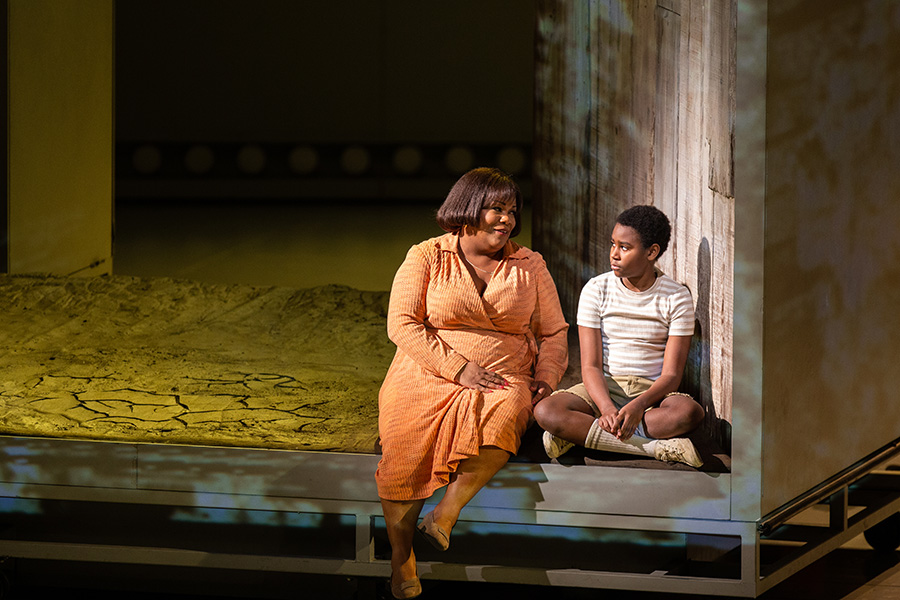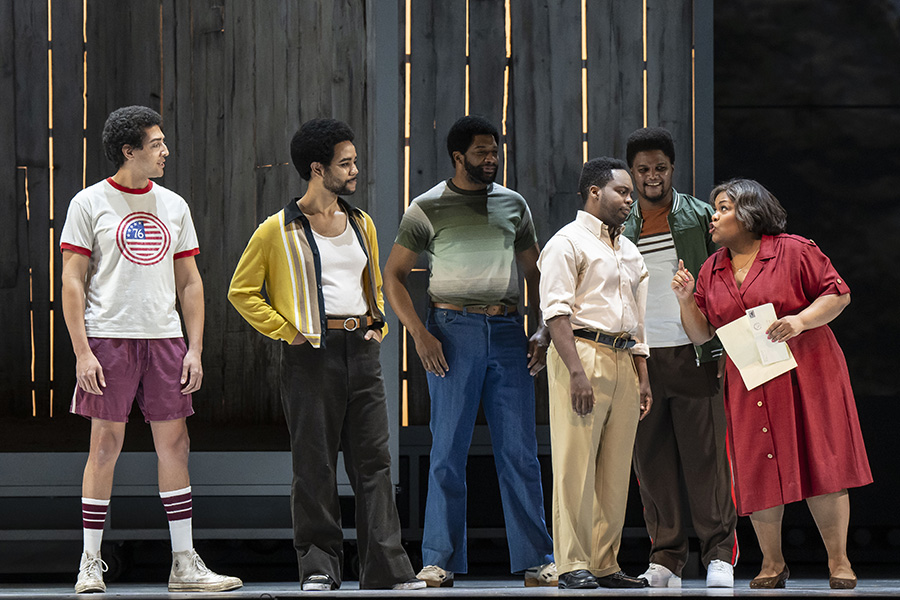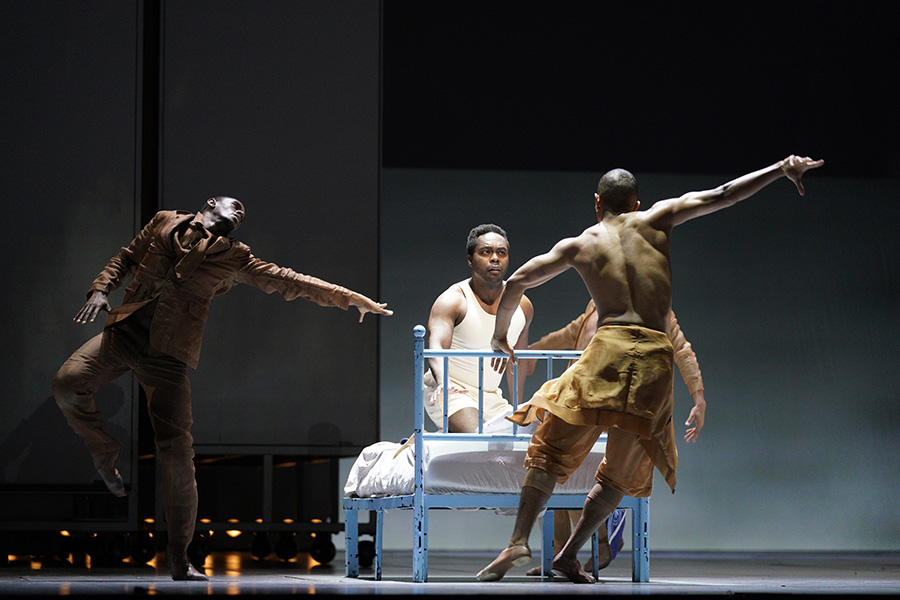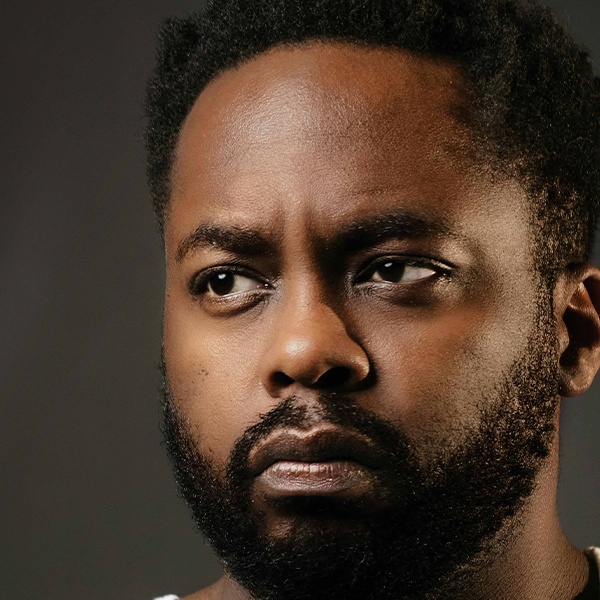March 04, 2022
Fire Shut Up in My Bones captivates opera audiences
As Lyric embraces many new-to-Chicago productions and premieres, Fire Shut Up in My Bones should catch the eyes of new and seasoned opera-goers. This coming-of-age story follows a boy of peculiar grace who does not quite fit in with his community. The production challenges audiences with contemporary topics of race, spirituality, and sexuality, musicality rooted in jazz, and stunning movement — distinguishing the piece from many traditional opera productions.

Latonia Moore as Billie and Benjamin Preacely as Char'es-Baby in Lyric's 2021/22 Season co-production of Fire Shut Up in My Bones.
Award-winning film director, Kasi Lemmons, wrote a phenomenal libretto based on the 2014 memoir Fire Shut Up in My Bones by The New York Times journalist Charles M. Blow. Growing up in a small rural town in Louisiana, Blow's story tells of navigating a challenging childhood, being a Black boy in the South, and his growth into adulthood. Blow’s storytelling transforms a highly personal experience into something universally moving. His authenticity obviously resonated with many readers, as the memoir won the Lambda Literary Award and was on The New York Times' Bestseller list.

From left to right: Calvin Griffin as Adult Robert, Martin Luther Clark as Adult William, Norman Garrett as Adult James, Will Liverman as Charles, Lunga Eric Hallam as Adult Nathan, and Latonia Moor as Billie.
Grammy Award-winning jazz artist Terence Blanchard made opera history as the first African-American composer to stage a production at New York’s Metropolitan Opera. While Blanchard may be best known for his film scores - he has collaborated on more than 17 projects with director Spike Lee, including his Oscar-nominated scores for Da 5 Bloods and BlacKkKlansman - and his acclaimed jazz albums, he is no stranger to opera. Blanchard’s father, an opera aficionado, exposed him to the art form from an early age. His first opera, Champion, premiered at Opera Theatre of St. Louis in 2013 and will be seen in a new co-production between Lyric and The Met in the near future.
Understanding the feeling of being a stranger in his own community, Blanchard felt more than comfortable translating Blow’s story into music. He embraces his dynamic musical experience to create what has been coined an “opera in jazz.” Blanchard does not shy away from the harmonic progressions and rhythmic patterns of jazz but still holds true to the structural elements of opera. The collaboration between Blanchard and Lemmons brings a unique angle to the opera stage, making unfamiliar territory more approachable to new audiences.

Will Liverman as Charles and the company of Lyric's co-production of Fire Shut Up in My Bones.
Alongside a relevant story and exceptional musicality, dance and movement are also integral to this production. Charles’ story is brought to life with the help of choreographer Camille A. Brown. The dancers become narrators, using expressive dance and step — a traditionally African-American percussive dance form — to visually represent the storyline.
Fire Shut Up in My Bones encapsulates the essence of American opera, from its storyline to its musical and dance characteristics. This production tackles important issues with sincerity and grace that audiences are certain to embrace.

